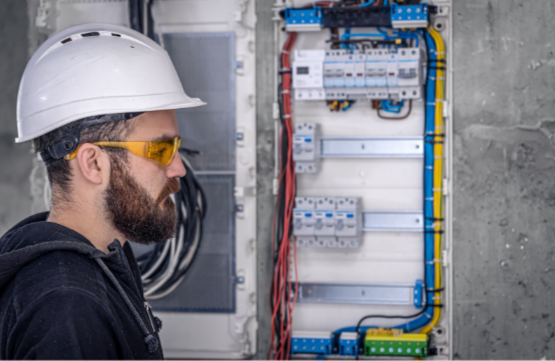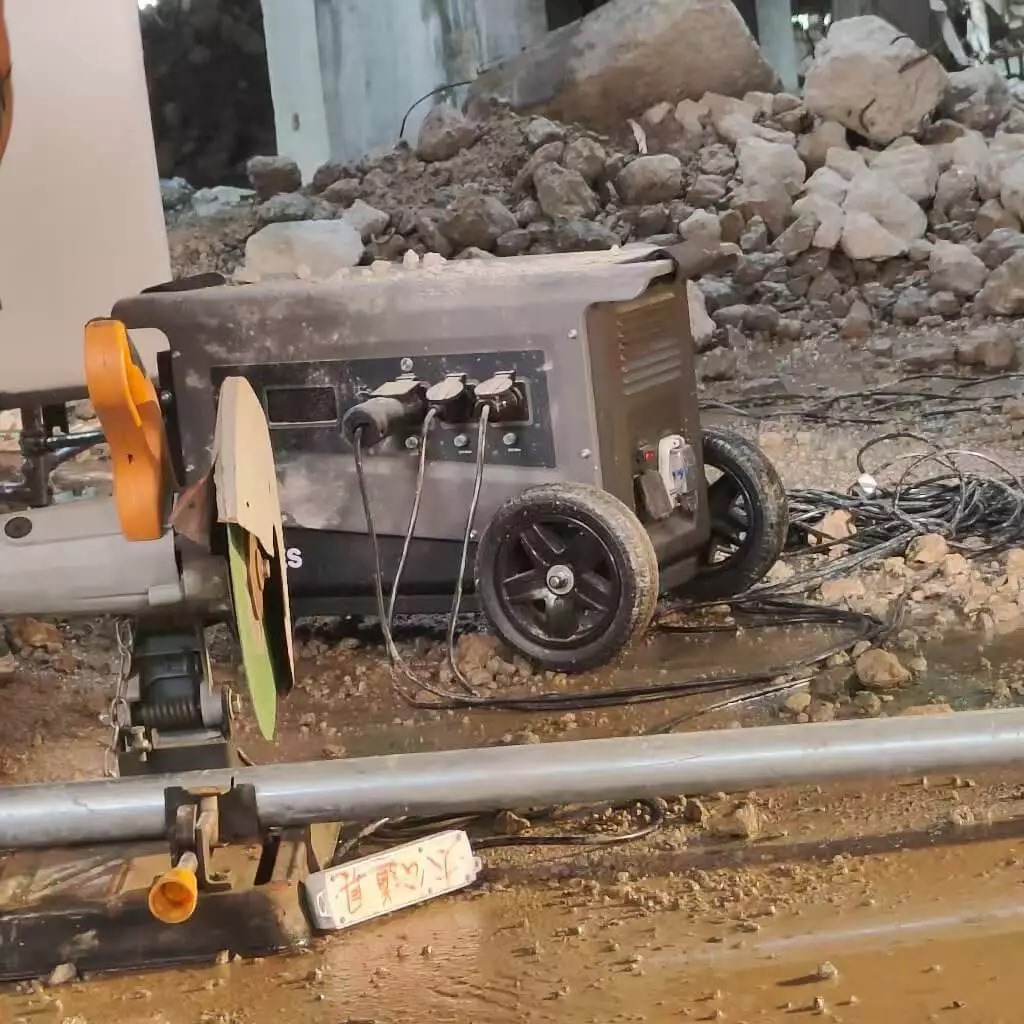
Energy independence has evolved from an idealistic concept to a practical necessity for many homeowners seeking protection from rising utility costs, power grid instability, and increasing environmental consciousness. Modern technology enables residential properties to generate, store, and manage their own energy with unprecedented efficiency and reliability.
Understanding Energy Independence
True energy independence means reducing or eliminating dependence on external energy sources while maintaining comfortable living standards. This involves optimizing energy consumption, generating renewable power, storing excess energy, and managing loads intelligently to minimize waste and maximize efficiency.
The path to energy independence varies significantly based on geographic location, home size, family lifestyle, and budget considerations. Some households achieve complete independence, while others focus on substantial reduction in grid dependence while maintaining connection for backup security.
Comprehensive Energy Auditing
Effective energy independence begins with understanding current consumption patterns through detailed energy audits. Professional assessments identify major energy consumers, inefficient systems, and opportunities for improvement that provide the foundation for independence strategies.
Modern monitoring systems track energy usage by individual circuits and appliances, revealing consumption patterns that may surprise homeowners. This data drives informed decisions about which systems to prioritize for upgrades and where energy reduction efforts will provide the greatest impact.
Building Envelope Optimization
Energy independence starts with reducing overall consumption through superior building envelope performance. High-quality insulation, energy-efficient windows, and proper air sealing dramatically reduce heating and cooling loads that typically represent the largest portion of residential energy use.
Advanced building materials and construction techniques can reduce total energy consumption by fifty percent or more compared to standard construction. These improvements provide immediate benefits and make renewable energy systems more cost-effective by reducing the size of generation and storage systems needed.
Renewable Energy Generation
Solar photovoltaic systems represent the most accessible renewable energy option for most homeowners, with costs declining significantly over the past decade. Modern solar installations can generate substantial portions of household energy needs while providing long-term cost savings and environmental benefits.
Wind power offers additional generation potential in suitable locations, though residential wind systems require careful site assessment and may face zoning restrictions in urban areas. Micro-hydro systems can be viable for properties with flowing water sources, providing consistent power generation regardless of weather conditions.
Energy Storage Solutions
Battery storage systems enable homeowners to store excess renewable energy for use during periods when generation is insufficient to meet demand. Advanced lithium-ion batteries provide reliable storage with minimal maintenance requirements and extended lifespans.
Storage systems also provide backup power during grid outages, maintaining essential services and comfort levels when utility power is unavailable. Smart energy management systems coordinate generation, storage, and consumption to optimize efficiency and minimize reliance on grid power.
Load Management and Smart Systems
Intelligent load management systems automatically adjust energy consumption based on generation availability, storage levels, and time-of-use utility rates. These systems can defer non-essential loads during peak rate periods while ensuring critical systems maintain operation.
Smart appliances and systems communicate with energy management controllers to optimize operation schedules. Water heaters, electric vehicle chargers, and heating systems can operate primarily during periods of excess renewable generation, maximizing the value of self-generated power.
Backup Power Integration
Comprehensive energy independence strategies include backup generation capability to ensure power availability during extended periods of insufficient renewable generation. Modern backup systems integrate seamlessly with renewable energy and storage systems to provide uninterrupted power regardless of weather or grid conditions.
Geographic factors significantly influence backup power requirements. Northern climates may need substantial backup generation capacity during winter months when solar production decreases and heating loads increase. Southern regions may require backup power during severe weather events that can interrupt renewable generation for days.
Regional Considerations and Incentives
Different regions offer varying levels of support for residential energy independence through net metering policies, tax incentives, and rebate programs. Understanding local utility policies and government incentives helps optimize system design and financial returns.
Some areas provide favorable net metering arrangements that credit homeowners for excess renewable energy fed back to the grid. Other regions may have less favorable policies that make battery storage more attractive for maximizing self-consumption of generated power.
Quebec’s abundant hydroelectric resources create unique considerations for residential energy independence. While electricity costs are relatively low, the province’s support for renewable energy adoption and environmental goals make independence strategies attractive for forward-thinking homeowners.
Economic Analysis and Payback
Energy independence projects require careful financial analysis to determine optimal system sizing and component selection. Initial installation costs must be balanced against long-term savings, available incentives, and the value of increased energy security and independence.
Most well-designed systems provide positive returns on investment within seven to twelve years, followed by decades of reduced or eliminated energy costs. Rising utility rates and improving technology costs make these investments increasingly attractive over time.
Professional Implementation
Successfully achieving energy independence requires expertise in multiple technical areas including electrical systems, renewable energy technology, battery storage, and energy management systems. Professional installation ensures optimal performance, safety, and compliance with local codes and utility requirements.
Backup power solutions in Blainville exemplify the type of professional expertise needed to integrate backup generation with comprehensive energy independence strategies. Skilled installers coordinate multiple systems to work together seamlessly.
Maintenance and Optimization
Energy independence systems require ongoing maintenance and optimization to maintain peak performance over their extended lifespans. Regular system monitoring, component inspections, and performance adjustments ensure continued reliability and efficiency.
Modern systems provide remote monitoring capabilities that alert homeowners and service providers to potential issues before they affect system performance. Proactive maintenance schedules keep systems operating at peak efficiency while extending component lifespans.
Future Technology Integration
Emerging technologies continue expanding possibilities for residential energy independence. Improved battery technologies, more efficient solar panels, and advanced energy management systems will make independence more accessible and cost-effective for broader ranges of homeowners.
Smart grid integration allows independent homes to participate in energy markets, potentially generating revenue through demand response programs and grid support services. Vehicle-to-home technology will enable electric vehicles to serve as mobile energy storage systems.
Conclusion
Residential energy independence represents a fundamental shift toward sustainable, resilient, and cost-effective home energy management. While achieving complete independence requires significant planning and investment, the long-term benefits of reduced costs, enhanced reliability, and environmental stewardship make these strategies increasingly attractive. Homeowners who invest in energy independence today will enjoy decades of reduced utility dependence while contributing to a more sustainable energy future.





